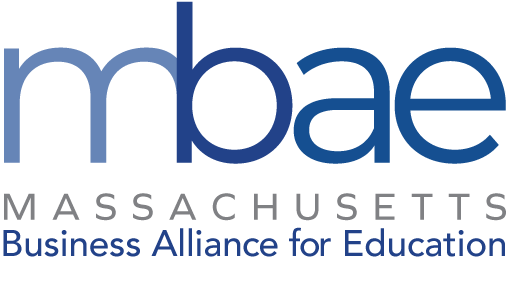A new Massachusetts Business Alliance for Education and the Greater Boston Chamber of Commerce report on state education aid distribution shows Massachusetts sends more aid to wealthier school districts than the state formula determines they need at the expense of increasing resources to low-income communities.
Missing the Mark: How Chapter 70 Education Aid Distribution Benefits Wealthier School Districts and Widens Equity Gaps finds that in the FY 2021 budget proposal, $778 million, or 14 percent of total Chapter 70 state aid, is not distributed to school districts based on need. Approximately $498 million of these dollars goes to the wealthiest 20 percent of school districts in the Commonwealth that, based on their wealth and income, could afford to fully fund their schools with less or no state aid.
This is funding that should be redirected to accelerate increases in aid to higher needs districts to close wide gaps in opportunity and achievement for high-needs and low-income students, gaps that likely have been exacerbated by the recent school closures related to the COVID-19 pandemic.
Education is key to economic recovery
Addressing inequities in the state aid formula is essential to our economic recovery from the COVID crisis and for the state’s long term economic stability. Equitable funding is critical to providing each and every student a high quality education that prepares them for the job opportunities our economy creates and that leads to the diverse, educated workforce our employers need to thrive and grow.
MBAE is committed to equity and excellence in education
This report is a continuation of MBAE’s deep and long standing commitment to equitable access to high quality education. MBAE undertook this analysis with one goal in mind – ensuring that we’re maximizing state education dollars to close equity and achievement gaps.
This is consistent with previous work we’ve done to drive important conversations that lead to action including the 2010 analysis of school funding MBAE commissioned that became the springboard for municipal health insurance reform and the Foundation Budget Review Commission work that led to the Student Opportunity Act by revealing the full extent to which employee health insurance costs were eroding funds for classroom needs.
We intend to have the same impact with this report which includes recommendations for how the formula can be adjusted to begin to deliver greater equity. Policymakers can go even further to accelerate progress. Importantly, we believe any reduction in state aid from adjustments to this formula should be redistributed to districts based on need and could allow the state to phase in the Student Opportunity Act more quickly.
Read the press release announcing the new report here.
Read the executive summary and full report here.



